After all, what defines a Final Fantasy?
Let's start the review straight to the point: Final Fantasy XVI was the best experience I've had with a mainline title in the franchise in the last 20 years. The story, the characters, the world and the themes - they're all loaded with more Final Fantasy elements than the series has had in its last few releases, and yet Square Enix's new game sets itself apart from its predecessors to the point where we asked ourselves, "what defines a game as Final Fantasy?".
There is no absolute answer to this question. For some, Final Fantasy can be linked to the battle system, for others, to themes involving crystals, and for others, Final Fantasy involves a cluster of elements which, somehow, are found in several games - Chocobos, Moogles, Summons, Magic, among others that we are used to in each new title.
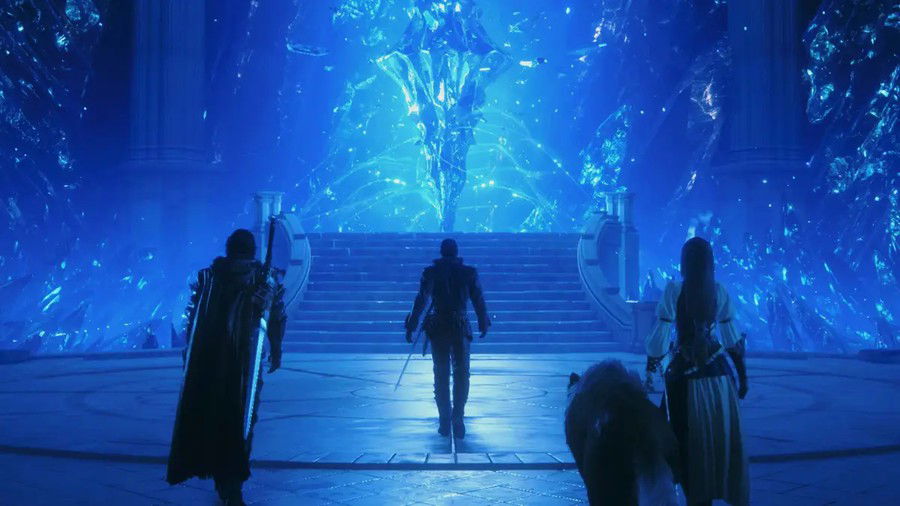
The franchise itself has gone through an identity crisis over the last decade, reflected in the chaotic development of Final Fantasy XIII and Final Fantasy XV, and the turmoil of the official release of Final Fantasy XIV - which thanks to the work of a team to recreate the game from scratch in the A Realm Reborn expansion, solidified the pillar that would make FFXIV the current global MMO success it is today.
This team, Creative Business Unit III, is the same team responsible for producing the new title. As they did with FFXIV, the group led by Naoki Yoshida seemed to seek, with Final Fantasy XVI, to bring the franchise's identity back to itself - and to the rest of the world.
As with the Final Fantasy VII Remake, there is a sense of familiarity in FFXVI, not because we already know the story and/or the characters as with its predecessor, but because everything there feels recognizable in some way: the game features castles, kingdoms, crystals, Moogles, Eikons, ruins of ancient civilizations, Cid, and a plot with several clear narrative walkthroughs of the series, while seeking to tell a brand-new story.
Despite several elements of its gameplay differing a lot from its more classic predecessors, Final Fantasy XVI is very embedded in the franchise's roots, even in the points where, perhaps, it would be preferable to adopt a more contemporary view of how video games work.
Ad
Just as Final Fantasy VII introduced the world to a modernized version of what the franchise was in 1997, or as Final Fantasy IX solidified itself as "the definitive FF experience" in the early 2000s, XVI brings a contemporary sense of identity about what Final Fantasy means 2023 - one that honors its origins and roots, unafraid to set new standards in gameplay for a new generation of gamers, and carrying a bolder storytelling for a mature audience.
Once Upon a Time, the Land of Mothercrystals
The continent where the plot takes place, Valisthea, strays very far from being a paradise. From the first minutes, we witness a world of war, and political intrigue, accompanied by some of the most brutal scenes of violence in the entire franchise, as demonstrated in the demo's last few minutes; these are the essence of Valisthea, and this is the world in which Clive Rosfield and his companions were born and raised.
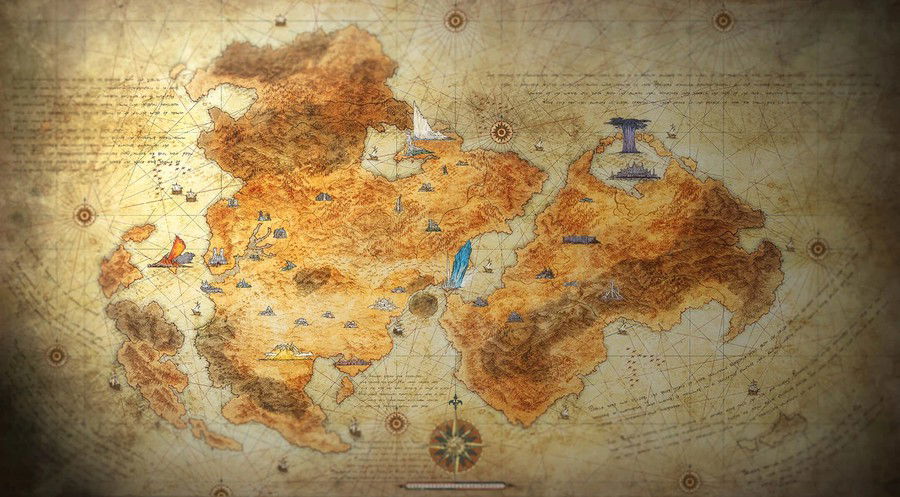
Final Fantasy XVI takes many inspirations from two works known for their visual display of violence and almost nihilistic notion of human nature, and these are very much reflected in the way the systemic society of Valisthea behaves: slavery, whether literal or metaphorical, is one of the game's main themes, and its narrative demonstrates how natural it is for the people of this land to treat a certain group of people - magic wielders - as subhuman creatures, and how absurd it is, for these people, the idea that they can break free of their chains, even though they might have enough power for it.
This theme correlates to another subject frequently addressed during the game: the need for change. No matter which scope among the main characters you look at, there is a constant feeling that something is wrong with the world they live in, and they seem willing to change that, despite their interests and/or visions differing from each other: whether for personal gain, blind dedication to a doctrine, or not tolerating the fact others cannot live and die on their own terms, many central figures in the plot aim for a better world than that one in which they live.
Such a need in a land ravaged by war and sickened by a mysterious plague, where its people are cruel because that's the only way to live they have known for centuries, is what gives the slightest bit of hope for the continent's future. The fact that Clive, even if for personal reasons, is on the side of some of these people willing to change this world gives the player a cause to stay in the game until the end while the plot develops around his actions to tear apart the roots of Valisthea's wretched reality.
An Epic Fable, with Pacing Issues
Ad
While Valisthea is a complete world, and you can explore more of it and its culture as you progress through the game, or through Side Quests, Final Fantasy XVI is about its protagonist, Clive Rosfield. Everything that happens affects, in some way, his journey - and the plot's structure is centered on his conflicts, and even their companions who have their own arcs and objectives, like Jill and Cid, serve as support to move the gears of his story.
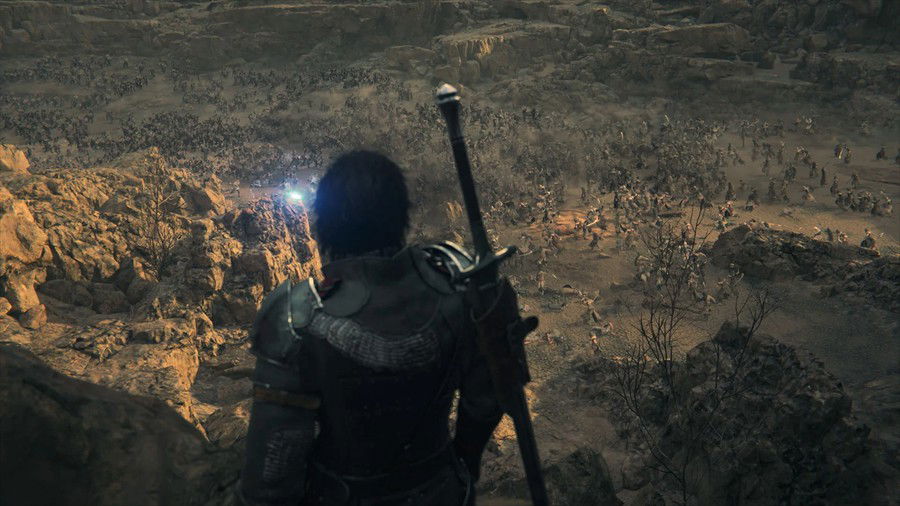
This leads to one of the most conflicting parts in the game: we are taught from the first moment that the Dominants are its central figures, after all, they are holders of the greatest source of power on the continent, capable of destroying entire nations in a short time. At the same time, most of them end up operating only as devices for Clive's personal development and the story's natural progression, while others are introduced so late to the point of seeming devoid of purpose or complexity - it's not the case that they're poorly written, they're just not properly executed with the grandeur that the rest of the game aims to convey.
Greatness that the game seeks to add with more elements several times as the story progresses, when the highlights occur mainly during the battles between Eikons, or when we arrive at some of the key moments in the story - all loaded with great emotional impact, which leave players on the edge of their chairs.
However, for each of these moments, FFXVI decides the player needs to "take a break", a common trait in literature so that the reader isn't overloaded with information, and does it in the worst possible way in a video game: with random quests, which add very little to main story.
This trait of "little pauses after a key moment" has been recurrent in almost every role-playing game since it became a video game genre. What differentiates these situations from good to bad is the way they are executed and connect with the plot: Persona 5 has plenty of these pauses in their narrative, and they take hours to play through, but they're fun because they strengthen the bond between the characters in mundane situations.
Final Fantasy VII: Remake had several of these moments in the game as well, but it manages to mask them well by making them part of the story's structure, by presenting what the routine is like in the different regions of Midgar, the private lives of secondary characters, or even with silly quests that are fun to do, or help to increase the feeling of intimacy between the interlocutor and the characters.
It would be unfair to make a direct comparison of these moments in FFVII Remake and its episodic structure, divided into three games, with FFXVI, which has a story with a beginning, middle and end. It doesn't exempt the most recent title from choosing the generic and less exciting formula to add these breaks: with mishaps who have little connections to the main events - looking for a lost person, helping a guy with his problems, because otherwise he won't help you with what you need, or going after a group of thieves because a child stole your clumsy friend's passport.
Ad
While some of these moments are generic and predictable, they manage to at least shed a little more light on the secondary characters, others are simply unexciting and become tedious to carry out the tasks because there is a total of zero involvement for the player with these setbacks, while they also last a bit too long.
Of the few criticisms I have of Final Fantasy XVI, this is by far the most striking. It is a dated narrative choice, coming from the structure of MMO games that Yoshida's team is more than used to due to their work with FFXIV, and which transitions poorly to the experience of a current-gen single player title.
The lack of importance of these quests for the characters' personal growth, or for the main plot, makes this game have very high moments every time the story progresses, with very abrupt and tedious breaks in the middle of the way, capable of discouraging someone from following every detail, or even carrying out side quests.
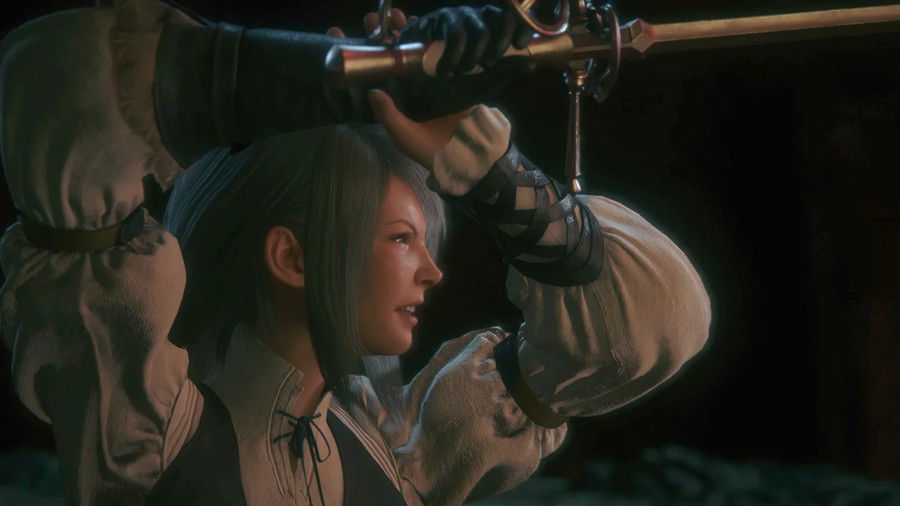
My verdict for Final Fantasy XVI's story is an 8.5 out of 10. It is an epic fable, exceptionally told, and manages to blend the dark world of Valisthea well with the magical universe we are used to in the classic FF franchises. Even at times when it seems a little too fantastic compared to its own world, it's good enough to keep the player engaged. That would be enough for a 10.
However, the moments when the game forces you to do tedious quests based on random conflicts, that makes it lose its rhythm several times, and the poor integration of these moments with what FFXVI tries to tell gives a clear feeling that these situations only happen to make the plot longer than it really is, which takes a point out of my evaluation.
FFXVI loses another 0.5 for the way it portrays certain key points of its end-game arc. Despite the various emotionally charged moments added to the epic battles, the dialogues sound repetitive and seek to reinforce the same idea that the interlocutor already understood hours before, summing up in phrases and situations which seem to be taken straight from classic shōnen anime. Despite being equally exciting compared to the rest of the story, the last few chapters bet too much on fantastic cutscenes and the visual impact to make a good impression.
Fast-paced and Customizable Combat Engine
Ad
One of my biggest surprises when I started watching videos from other players is how my way of playing Final Fantasy XVI differs from theirs when it comes to combat setup. Its system, focused on real-time action, is the golden crown of the game. Ryota Suzuki truly created his masterpiece for the title, and not even Devil May Cry's frantic combat resembles what he presents here.
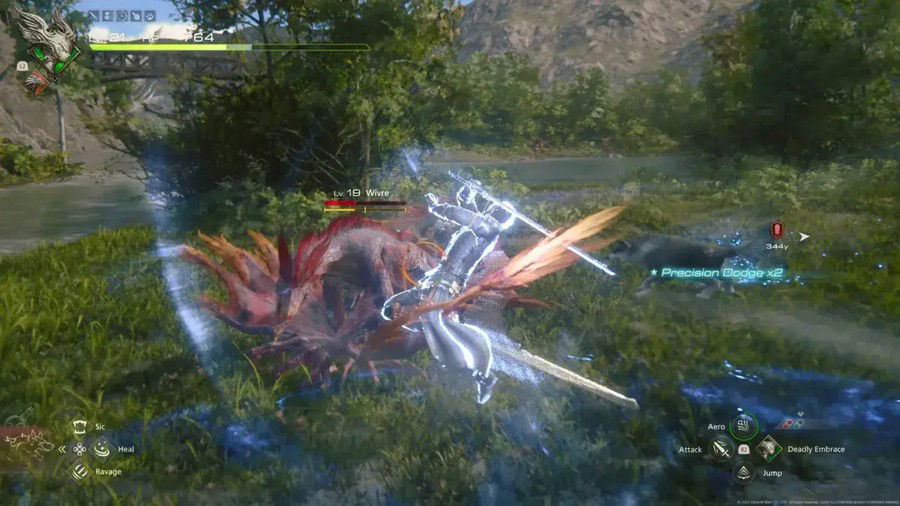
Like FFXIII and FFVII: Remake, the enemies we face have a stagger bar, which is reduced as we attack them to the point where they empty, and they become inert and vulnerable to our attacks. What sets it apart from the real-time combat of its predecessors is that it forgoes menus entirely, and each button you press performs a different action based on the abilities you have equipped on your Eikons.
This leads to a huge variety of builds and set-ups to face each battle, in addition to a series of combinations of attacks and skills that can create incredibly well-crafted combos, which give little or no room for the enemy to defend themselves.
Masterfully executing such combos requires a lot of speed with control and an exact understanding of what you're doing, plus a certain level of knowledge of your enemies' attack patterns, and brings other gameplay standards into FFXVI, such as something closer to what we see in the previous title of the franchise, or even in the Soulslike games, where we need to perform actions around those of our enemies, to reach the most efficient means of reducing their stagger bar without putting ourselves at risk - this is even more important for many of the game's bosses, and for most enemies in the New Game+ mode.
This gameplay pattern can overwhelm those less used to action games, and the rings we receive at the start of the journey are a great help for those who have trouble keeping up with a button map which takes advantage of almost everything the DualSense has to offer, or even for those who, after a few hours of play, feel their hands numb and/or tired from executing so many combos in battles.
Eikons: Colossal Battles for Colossal Moments
Notoriously inspired by the Attack on Titan franchise, the battles between the Eikons in FFXVI are the juicy icing on the cake in the game's combat, both for the scale they take, and for the diversity of styles: from a shooter, through a fight of wrestling, or the need to quickly dodge a blast of spheres, the Eikons' combat is very much reminiscent of the transition of styles that has become one of the high points of the NieR franchise in the west.
Ad
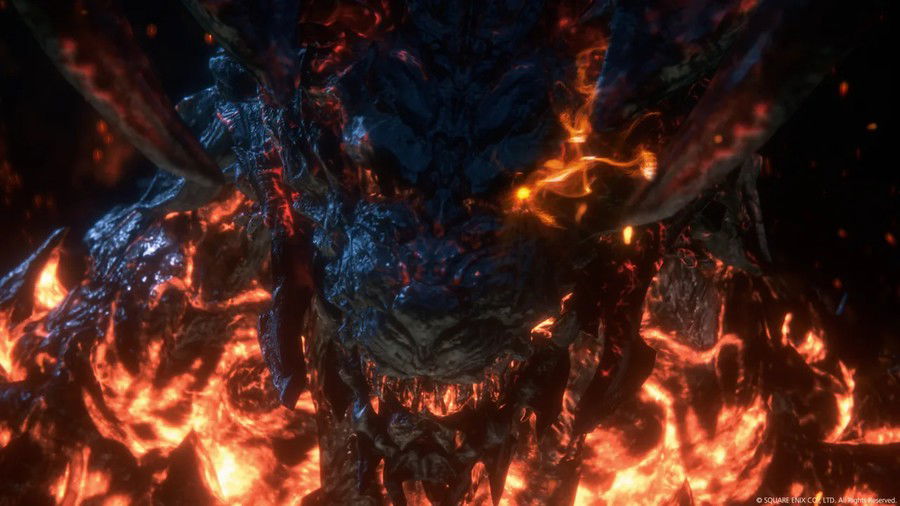
Another point that stands out in these battles is how the damage indicators show very high numbers compared to Clive's hand-to-hand battles as a human, these being primordial resources to demonstrate the power of these creatures in comparison to the rest of the world, and brings the feeling that these conflicts can, in a literal sense, shape the land around them and/or even destroy entire civilizations.
While, in narrative terms, some of the Eikons' battles seem a little too fantastical, and we're soon reminded that Eikons are powerful magical creatures that operate as allusions to nuclear bombs, in the technical context, they bring out some of the most defining moments in the game, in which Final Fantasy XVI leaves aside its darker and medieval content in favor of high fantasy, inherent in almost all titles in the franchise - and this time, instead of just watching, we actively participate in these moments.
Given the amount of interaction, fluidity, and distinct gameplay styles it allows, Final Fantasy XVI's combat system deserves a 10, despite the apparent lack of elemental properties, such as a Bomb taking damage from fire attacks, or a Wind Elemental being passive to Garuda's wind attacks - if we consider the historical context of the series, this would be worth losing a few tenths in this review, however, given the speed at which battles occur, adding another scale of complexity would do more harm than good to combat fluidity.
Sublime Soundtrack
Saying that a Final Fantasy soundtrack is wonderful seems like a redundant statement: even in the most turbulent years and/or in its less popular titles, the franchise has always had several masterpieces by its composers.
Also known for his work on FFXIV, Masayoshi Soken did an exemplary job on the new title: there is literally no song in the entire game that makes you feel uncomfortable and/or that is anti-climactic with the given moment, or location where you're travelling.
Of all the elements we considered in the review, the soundtrack is the only one that deserves a 10, without any doubt or counterpoint. Even tracks that seem unusual for the franchise (like a certain boss theme, with guitars, vocals and synthetic instruments), are accurately what we know from Soken's repertoire in his previous works.
Ad
There Are RPG Elements, But They Lack Complexity
Just as the interpretation of Final Fantasy's identity has changed over the decades, the definition of RPG is also in constant transformation.
For example, titles like Assassin's Creed and God of War: Ragnarök had several elements that constitute a modern RPG, such as equipment customization, or even a system of experiences and levels, and even so, they are not considered an integral part of the genre in the same way as titles more embedded in this category.
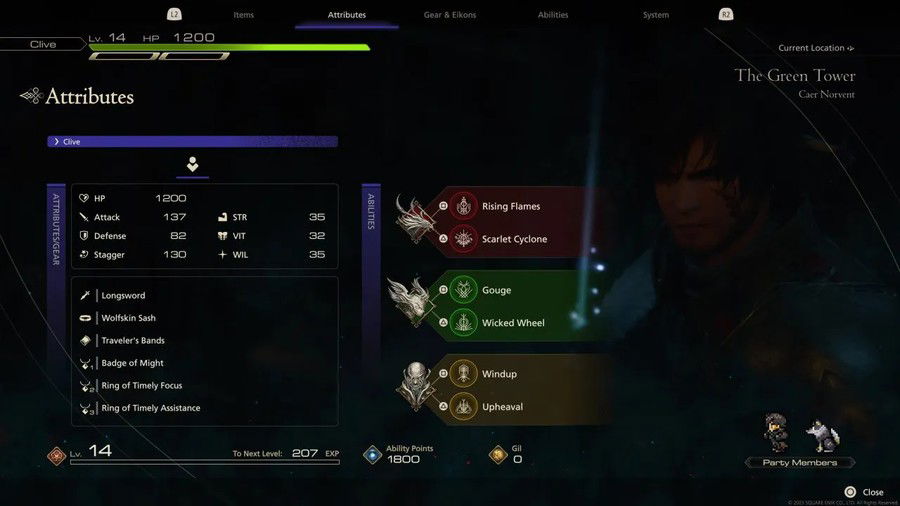
In that regard, Final Fantasy XVI features a system closer to its older predecessors, with experience-based automatic leveling, and a simplified gear selection, with only light upgrades available to increase their stats.
Neither sword nor armor brings any notable benefit or property other than increased power or defense, which is a poor execution of what some of the previous titles in the series have done so ably: a sword that seems tied to a specific element doesn't grant any advantage to using abilities from that element, and/or iconic weapons such as Masamune and Excalibur doesn't grant any advantage, such as an easier parrying of enemy attacks; they only increase your power and nothing else.
These customizations only exist in the three limited accessory slots that Clive has - and without any way to increase this number - which strikes me as a huge mistake, given how much such properties would expand the scope of possibilities for gameplay styles and/or Eikons builds available, and would raise doubts and questions for players about what is the best weapon or equipment setup for a given build, instead of just accepting "X is better than Y because they have a higher attack/defense number".
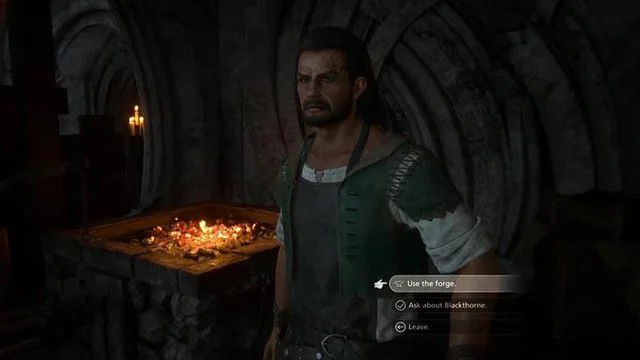
Ad
In a market where role-playing games and even action games move far from the concept that "one piece of equipment is better than another" to value flexibility, and in a combat system that values that same flexibility with so many variants of Eikons and available skills, it surprises me that Final Fantasy XVI's equipment system is so linear.
Simplicity on Side Quests are a Good Thing
While this simplicity is a very negative point for the equipment, it is - despite the criticism - one of the positive points of FFXVI's Side Quests, perhaps due to the setbacks in which the main story puts you. They're a breath of fresh air when everything seems a little boring, as most of these quests reward you with something that goes beyond a cool item or accessory, but with stories - they deepen the world, the characters, and the interlocutor's understanding of the universe in which they are immersed.
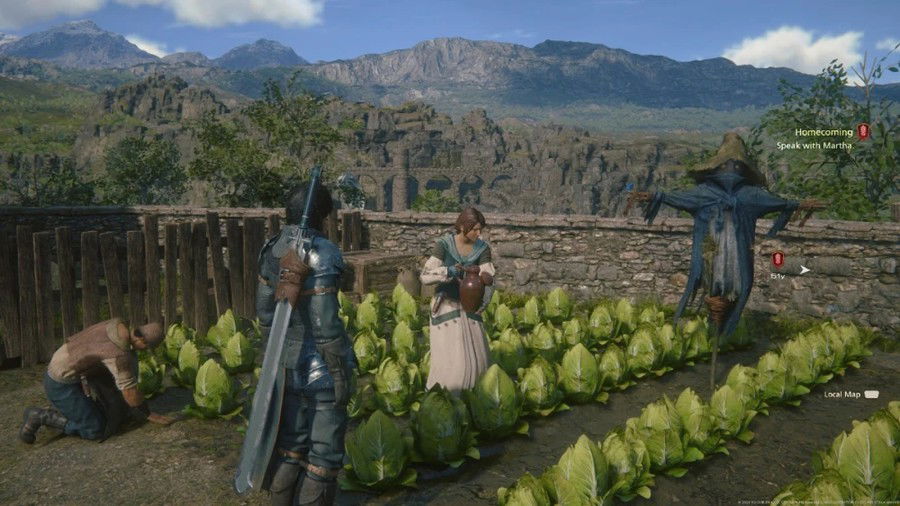
Yes, most of these quests are based on going to a certain location, defeating some enemies, or talking to someone, and going back to the person who asked you for that favor. However, for each of them, there is a different story behind it: whether that of two friends who broke ties, or that of a city that is about to close its trade, or even that of a cook's apprentice who suffers from existential dread after certain plot events.
These optional adventures also reinforce and deepen the bond between the main characters, some of them could replace some of the dullest quests of the plot, and thus serve to solidify the player's understanding of the characters without straying too far away from the main events.
Simpler quests are rewarding when players are more interested in knowing the stories behind them rather than the material rewards involved, and therefore stand out as a great feature of FFXVI, rather than a demerit.
Where are the Dungeons and Superbosses?
Ad
Which doesn't mean that FFXVI doesn't have a problem when it comes to challenging content: there's no optional dungeon, or a super boss similar to classics in the series, like FFVII's Weapons, or Zodiark, from FFXII, to give the player a reason to gain levels and hone their skills to the limit.
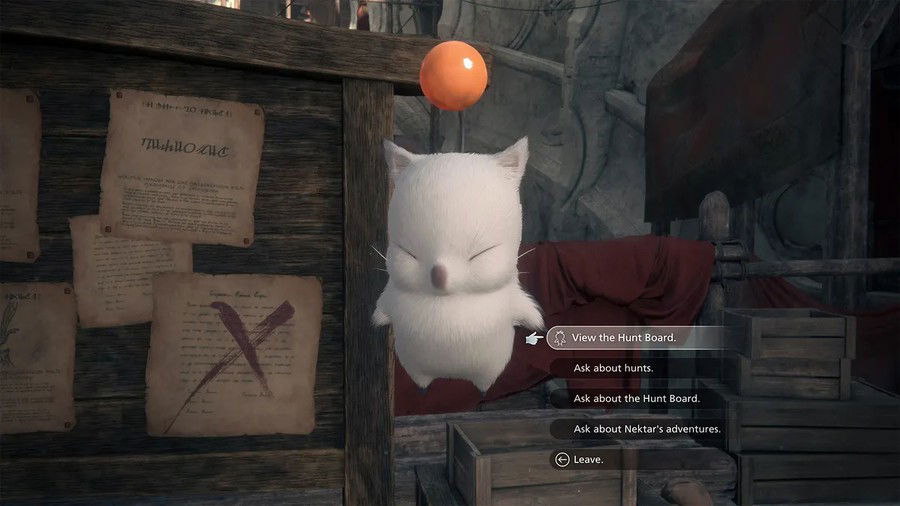
While Valisthea is a gigantic and beautiful place, the game lacks secrets to explore in its vast regions. Generally, what we find are lost treasures in chests, or regions that are empty at the moment we arrive in them, but that later serve as the home of some Elite Mark - hunts that we can carry out after a certain point, being the closer to more challenging battles in the game, but which end up being on par with the challenge that some of the bosses or even common enemies offer, given that they are just alternative and stronger versions of these monsters.
Therefore, something that Final Fantasy XVI lacks, and a lot, are new and unique challenges that reward the player for exploring its world, and, for failing in this regard and presenting a rather lacking equipment system, it receives a an 8 in exploration and side content, given that it still manages to deliver a solid exploration experience even with these mishaps, and the whole Side Quests structure helps enrich its story, without having to jump through many hoops for that.
The Most Beautiful PlayStation 5 Game So Far
It is no exaggeration to say that FFXVI is the game with the most beautiful visuals and graphics on the PlayStation 5 so far, and it even seems redundant if we consider that the game was produced as a console exclusive. It is also the most artistically beautiful Final Fantasy of recent generations.
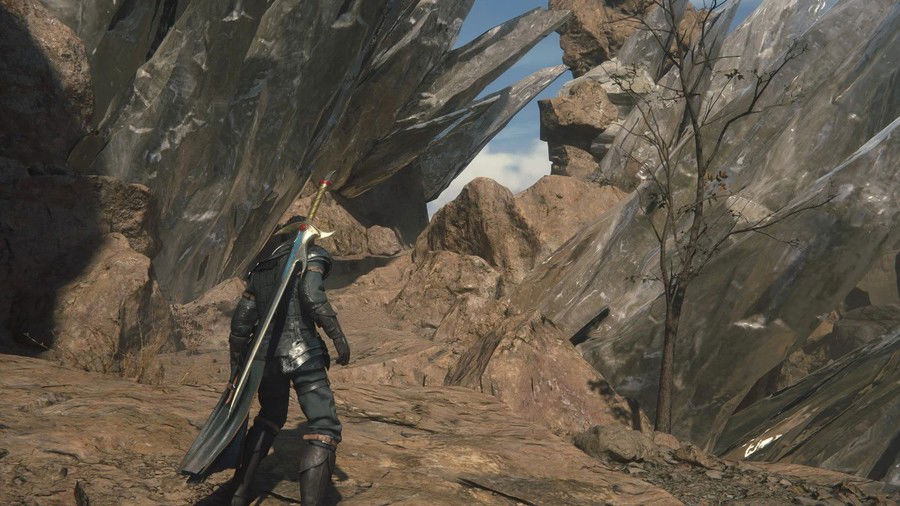
However, all this visual beauty comes with a price, and even after Day 1 Update, the game still has frame drops in some events that demand more from the console's SSD, even in situations that don't involve cutscenes, such as when there are too many elements on the screen for the game to load properly.
Ad
That said, none of these frame drops completely or partially broke the experience and immersion, with the only other issue occurring in the absence of character expressions and/or animations when they laugh and/or make certain sounds with their mouths in simple dialogues of some side quests, which brings some awkward situations, where we hear Clive's laugh while his face remains serious.
Due to these small setbacks, and some technical issues with repetitive camera angles, or the slow loading of monsters' movement patters on the horizon, Final Fantasy XVI deserves a 9 in terms of Visual and Performance!
Conclusion
With all the above points considered, we end the review with the following score:
Main Story: 8.5
Combat: 10
Soundtrack: 10
Exploration and Side Quests: 8
Ad
Visuals & Performance: 9
Final Score: 9
Final Fantasy XVI is a solid result of the frequent search for identity that has haunted the franchise over the last few decades. While it isn't the perfect game, its pros stand out far more than its cons, given that some of them are mistakes that are also repeated in several other titles in the series.
It presents a complex world worthy of following and exploring, in addition to charismatic characters with dialogues and philosophies that we haven't seen since the beginning of the PlayStation era. Its mechanics are a breath of fresh air for this generation transition, and, despite not pleasing all tastes and facing a lot of resistance from the most nostalgic fans, it has enough elements to make the experience pleasant and fun.
For veterans, its plot and world are familiar as they hark back to some of the core elements of older titles, while its journey is dense and well-crafted enough to serve as a gateway for new-gen players.
In my next article, I'll do a plot analysis of FFXVI, to further understand what the game is about and what message its events seek to convey. If you are interested in knowing more about these, you can check out my reviews on Final Fantasy VII and Final Fantasy IX
.
Thanks for reading!
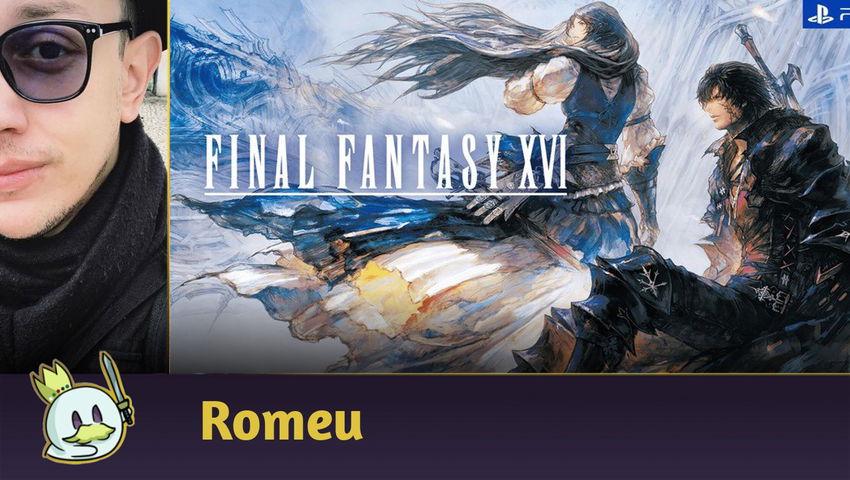



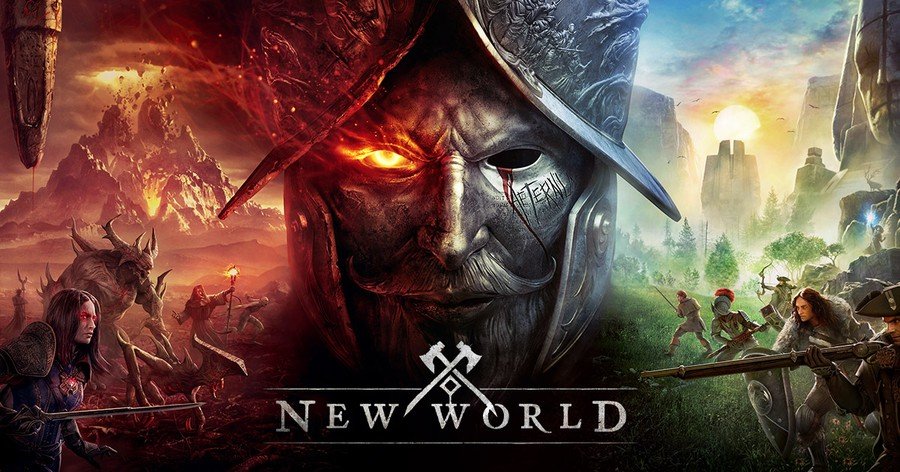



— 코멘트
0첫 댓글을 남겨보세요